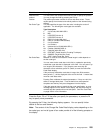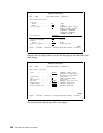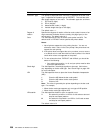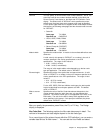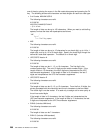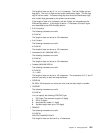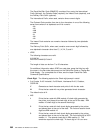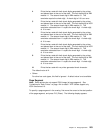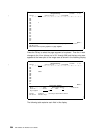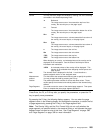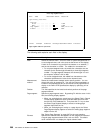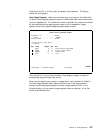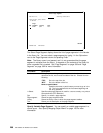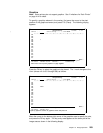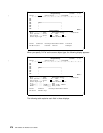4 Prints the bar code with both check digits generated by the printer,
and places them at the end of the data. The first check digit is IBM
modulo-11. The second check digit is IBM modulo-10. The
remainder equals the check digit. A check digit of 10 is an error.
5 Prints the bar code with both check digits generated by the printer,
and places them at the end of the data. The first check digit is NCR
modulo-11. The second check digit is IBM modulo-10. The
remainder subtracted from 11 equals the check digit. A check digit
of 10 is zero.
6 Prints the bar code with both check digits generated by the printer,
and places them at the end of the data. The first check digit is IBM
modulo-11. The second check digit is IBM modulo-10. The
remainder subtracted from 11 equals the check digit. A check digit
of 10 is zero.
7 Prints the bar code with both check digits generated by the printer,
and places them at the end of the data. The first check digit is NCR
modulo-11. The second check digit is IBM modulo-10. The
remainder subtracted from 11 equals the check digit. A check digit
of 10 is an error.
8 Prints the bar code with both check digits generated by the printer,
and places them at the end of the data. The first check digit is IBM
modulo-11. The second check digit is IBM modulo-10. The
remainder subtracted from 11 equals the check digit. A check digit
of 10 is an error.
N Prints the bar code with no printer-generated check character.
The default value is N.
Others
For other bar code types, this field is ignored. A default value is not available.
Page Segment
Note: Some printers do not support IOCA image (of page segment). See
“Limitations for Each Printer” on page 414 for detail. AFP Utilities support only
IOCA function set 10.
To specify a page segment in the overlay, first move the cursor to the start position
of the page segment, and press F13 (Place). The following display appears.
Chapter 13. Design Operation 263



